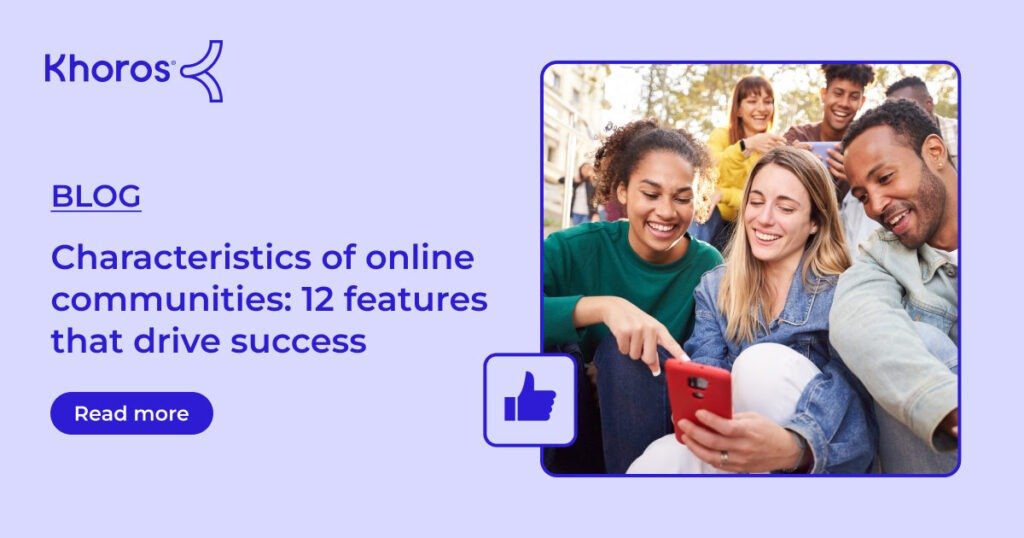
There are numerous types of community management tools, depending on what kind of community you want to create. Some focus more on engagement while others provide customer support features.
Customer success communities are an effective way of cultivating brand loyalty, stimulating product innovation, and keeping customers connected to both the company and other customers.
1. Create a Community Page
Community management strategies that are implemented successfully can greatly benefit brand loyalty, sales, customer acquisition and humanize your business. They help businesses understand what type of content their audience wants or needs – essential in providing content tailored specifically for them.
Start out your community management strategy by understanding its specific characteristics and needs, such as demographic details, personal and ethical beliefs or the games people like to play. Once you know who your target audience is, then determine the channels best suited to reaching them – such as TikTok for young audiences or creating an online forum on your website.
Once your goals are clear, make sure everyone involved with the community understands your company voice and how to use it during conversations and engagements. This will ensure your messages remain consistent while connecting your brand to its community – as well as keeping you on track with community management goals like hosting certain number of live chats or discussions at any one time.
2. Create a Forum
Community management is the practice of creating an inviting and safe space for customers to engage with each other and build a sense of identity around your brand. It plays an integral part of both public relations and marketing strategies as it fosters intimate relationships between your business and its customer base.
Community management services typically use forums for this type of activity. People can submit questions and receive answers, as well as share ideas for products or services they would like the company to offer. For instance, Spotify hosts such a community forum for users to discuss music as well as submit product ideas that they think could benefit the company.
Community management involves monitoring conversations about your business through social media and using data analytics to make informed decisions on marketing strategies and content creation. It may also involve conducting member satisfaction surveys to measure member satisfaction levels before implementing changes that create an optimal customer experience – many online community management tools come equipped with analytics features for this purpose.
3. Create a Chat Room
Community management involves engaging users who feel an affinity with a brand, such as Nike. Users might talk about its products or services, share ideas with fellow consumers or fans, and help each other solve problems together. Nike hosts an online forum where runners can discuss their experiences using its products.
Community management is increasingly crucial as customers increasingly expect businesses to provide customer support via social media platforms like Twitter. Be it product issues or questions regarding new features, community managers need to remain available and accessible at all times.
To ensure the members of your community feel safe, set clear guidelines on how discussions should take place. Make these accessible through a forum or FAQ document so if conversations start going off the rails, your team can intervene without offending any members and ruining its atmosphere; it will keep your community vibrant and healthy!
4. Create a Video Channel
Video has become an essential tool in community management, and YouTube is the go-to platform for posting it. YouTube offers various categories that ensure it reaches the appropriate target audiences – for instance if you work in the car industry you could post videos about different cars and models; there’s even an entire music videos category which could help expand your brand reach and gain new fans!
For maximum video views, it is crucial to create a strategy encompassing an appropriate length of video content. Longer videos tend to perform well as they increase watch time – this in turn boosts their position within YouTube’s algorithm. Furthermore, these types of long-form videos tend to work best when they feature someone famous or an expert within their field.
Monitoring key usage and engagement metrics on an ongoing basis is critical to understanding your community’s performance and spotting areas for improvement. Metrics like registrations, posts created and page views allow you to measure success of community initiatives and content; by comparing them against past benchmarks or targets you can determine how much growth is being driven by community management efforts.
5. Create a Blog
Brand communities are spaces that bring together individuals with an affinity or emotional attachment for a business, providing valuable service to its members while engaging them as active ambassadors of its growth. An effective community management strategy ensures members remain engaged while also providing value to them as the community expands.
Community management starts with social listening efforts. By monitoring conversations about your company in public online spaces, social listening allows you to cut through the noise and identify opportunities to connect with customers directly. A community manager acts as a bridge between your brand and its constituents by moderating conversations and offering assistance as needed.
While managing a branded community can be accomplished by anyone, hiring a dedicated community manager is critical to creating continuity and familiarity between you and your audience. Utilizing employees on board will also allow you to tap their expertise in various forms (for instance leveraging product team members as answerers on forthcoming features). Finally, keeping track of content and metrics for your community are also key – for instance PEPKOR uses Meltwater Social Media Engagement tool to monitor queries tagged as being related to specific brands or products.


